Angkor Wat has a special place in my heart. Siem Reap was the first place I traveled solo, kickstarting my entire life and career as a travel blogger of this blog, and it completely changed the way I travel forever.
Siem Reap is a small city surrounded by ancient ruins, including Angkor Wat, of the once prosperous Khmer empire that stretches over 500 acres (200 hectares). The temples themselves were impressive, but what caught my attention was the intricate water system of Angkor Wat they built to facilitate the lives of possibly over 1 million people living around Angkor Wat.
It is by far the largest religious monument ever constructed and is considered to be one of the 7th wonders of the ancient world.
Years before my trip, I watched a documentary called "Angkor Wat: City Of The God Kings". As a history buff, I was so intrigued by what I learned from the documentary that I made a promise to myself that one day I'd see Angkor Wat with my own eyes.
Driven by my curiosity and determination, I chose Siem Reap as my first destination because of the sheer amount of history I can learn about, explore at my own pace, and see with my own eyes.
If you are interested in seeing Siem Reap, Angkor Wat, and all its stunning temples, I can assure you that you will find this travel guide particularly useful.
Within this guide, I will provide you with all the information you need to travel to Siem Reap and see all the cool temples, some even a little off-the-beaten-path. Without further ado, let's begin with a 3-day itinerary map for Siem Reap.
- 3 Days in Siem Reap Itinerary Map
- 3 Days Siem Reap, Cambodia Itinerary
- More Siem Reap Activities
- Where to Stay in Siem Reap?
- Southeast Asia Travel Video
- When to Visit Siem Reap?
- How to Get to Siem Reap?
- How to Get Around Siem Reap?
- What to Wear at Angkor Wat?
- What Currency Do They Use in Cambodia?
- Angkor Wat Entrance Fee
- Where to Buy Angkor Wat Entrance Ticket?
- Which Angkor Wat Tickets to Buy?
- Angkor Wat Opening Hours
- How Long to Stay in Siem Reap?
- How Much Money Do I Need in Siem Reap?
- Is Siem Reap Safe?
- Which tourist SIM card is best for Siem Reap?
- What to Pack for Siem Reap, Cambodia?
- Further Reading for Backpacking in Cambodia
3 Days in Siem Reap Itinerary Map
| ☀️ Day 1: | Sunrise at the Angkor Wat |
| ☀️ Day 2: | Visit Beng Mealea |
| ☀️ Day 3: | Relax Day |
Tips: You can now buy the Angkor Wat Pass online prior to your trip. Be sure to get it before you begin your journey.
3 Days Siem Reap, Cambodia Itinerary
Day 1: Sunrise at the Angkor Wat
One of the most touristy things you can do in Siem Reap is to go watch the sunrise at Angkor Wat, and you will see a ton, and I mean a sh*t ton of tourists in front of a pond, trying to get that stunning sunrise photo.
It was definitely not my cup of tea to be around so many tourists, all eager to get that one magical shot, but I gotta admit, it's pretty damn stunning when the pond reflects the Angkor Wat, giving an image of a perfectly symmetrical structure. That is why I still recommend you to go see it for yourself.
- Bokre Angkor Hostel (Budget)
- Central Indochine D'angkor Hotel (Mid-Range)
- Golden Temple Boutique (High-End)
- Private 2-Day Tour Temples with Sunset and Sunrise (2 days)
- Small-Group Explore Angkor Wat Sunrise Tour with Guide from Siem Reap (8 hours)
- Sunset tour of Kampong Phluk stilts home village on the Tonle Sap (5 to 6 hours)
I often face the dilemma of whether to do or not to do touristy things, and I always tell myself this: "I got myself all the way here, so I might as well just do it." And this is definitely the case.
No time to read?
Don't worry. You can save this page to Pinterest and come back later.
I know the number of tourists will annoy me to no end, but it is popular for a reason, and that reason transcended my petty hate for touristy things. Keep your mind open when visiting Angkor Wat and its sunrise; look away from the tourists and experience Angkor Wat at sunrise as it is. You will enjoy it more. 😉
I also got tipped by a friend that there are actually 2 ponds: the left one where everyone goes by default, and the right one that may not be known by many. You can try your luck and go straight to the right pond, and maybe you might be able to see fewer tourists.
Day 1 (cont): Go for a morning stroll in Banteay Srei
After watching Angkor Wat at sunrise, hop on the tuk-tuk and visit Banteay Srei, a stunning 10th-century Cambodian temple built with red sandstone, giving it a completely unique look compared to what you just saw at Angkor Wat.
The reason why I would recommend you visit Banteay Srei early in the morning is that this place is mostly exposed, and you will enjoy strolling around the temple more when the sun is not completely up, and the weather is cooler.
There will also be fewer tourists in the morning before 9 AM when the tour buses arrive, which should give you some time to enjoy the temple in peace at your own pace and explore all the intricate details of the temple.
And boy, is it extremely detailed. The elaborate decorative wall carvings on the temple of Banteay Srei show just how much of an expert in carvings the Angkorians were. They were really at the top of their game.
Almost all of the surfaces you find in Banteay Srei are covered in intricate carvings, which mostly depict mystical creatures, protectors, and Hindu gods and goddesses.
You can spend almost an hour or two walking around the temple, discovering all the details of the carvings on the walls and doors of Banteay Srei. You might also be there at the same time as a local band performing traditional music, adding even more immersion to your experience.
Day 1 (cont): Visit all the Temples in and around the Walled City of Angkor Thom
After visiting Banteay Srei, return to Siem Reap and begin exploring the numerous temples in the area. Start with Banteay Kdei, a temple built in the Bayon style architecture during the 12th - 13th century AD. It was originally constructed as a Buddhist temple.
You may be wondering why this is a Buddhist temple whereas Angkor Wat nearby is a Hindu temple complex. You see, the Khmer Empire ruled this land from the 8th to the 14th century AD, and its capital city, Angkor Wat, was initially under Hindu religious beliefs. However, in the 12th century AD, the empire shifted towards Buddhist religious practice.
During that time, Buddhist temples were being built left and right by the ruler of the empire all over Siem Reap, and you will be able to see the remnants of these ambitious projects, all scattered around here.
Just north of Banteay Kdei, there is also another Buddhist temple built around the same time in Bayon-style architecture that is even bigger and more impressive. It's the Ta Prohm temple, or as some of you may know, the Tomb Raider's tree.
It's amazing how a movie one would consider mediocre, released in 2003, put Cambodia and Siem Reap on the map for so many people. It is even more surprising that 15 years later, it is still known as that, even to the locals.
Unlike most Angkor temples in the area, the Ta Prohm temple is one of the few temples that was not renovated and is left as it had been found, allowing it to maintain its picturesque nature. Additionally, it is one of the few temples that has merged beautifully with nature, but has not yet become part of the jungle.
Once you are done with Ta Prohm temple, you can walk north towards a mountain-looking temple, the Ta Keo temple, one of the first temples that was built entirely of sandstone.
Its pyramid-like shape, five-tiered terraces, and steep stone stairs make Ta Keo a great viewpoint to climb up and see the landscape, or mostly jungles around the area.
After you have visited Ta Keo temple, head west through the Victory Gate into the walled city of Angkor Thom, where you will explore the Bayon temple and Baphuon. You will exit through the photogenic south gate of Angkor Thom.
One of my favorite structures in Angkor Thom walled city is the Bayon temple, a 12th-century AD Buddhist temple that is known for its many serene and smiling stone faces scattered all over the towers of the temples.
With over 216 smiling face stones, many have theorized that these stones depict the king, Jayavarman VII himself, which is quite common for a king to depict himself as a god-king during the time. However, some believe it's a depiction of Bodhisattva, a person on the path to Buddhahood.
We can't know for sure, but it is always interesting to think of what it would be like to be at the Bayon temple when it was at its height.
After you are done exploring the Bayon temple, ask your driver to drive you south through the photogenic South Gate of Angkor Thom where the 54 stone figures are lined up on both sides. Maybe ask your driver to stop and take a photo from the road.
After the South Gate, go back to Angkor Wat and spend the rest of your day walking around the temple complex. There is a ton to see in Angkor Wat alone, and since we were only able to see parts of it during sunrise, it's time to thoroughly explore the complex at your own pace.
By now, the tourist crowds should finally be dispersed and scattered all around inside the temple complex, hiding from the sun. This is the perfect time to get a photo of the exterior of Angkor Wat without anyone in it.
You can also climb up to the top part of Angkor Wat and sit there for a while, enjoying the breeze. You may have to line up to get to the top, though. However, if you are looking for a place to see Angkor Wat from above, it's definitely worth waiting in line.
After a long, dusty day climbing temples, it's time to retreat to your hotel and spend your evening finding a taxi to drive you to Beng Mealea tomorrow. The price of a taxi to Beng Mealea is around 55-65 USD for a car and 30-40 USD for a tuk-tuk, so it would be ideal if you are traveling as a couple or if you can find someone to share the cost with. It should take around 1.5 hours to get to Beng Mealea.
Day 2: Visit Beng Mealea
With a taxi driver whom you hired yesterday, you can start your second day a little bit later, since you woke up at 4 AM the day before. The trip will take around 1.5 hours on a dusty road to get to Beng Mealea from Siem Reap.
Once you arrive, the taxi will drop you off at the ticket office where you will have to buy an entrance ticket for 5 USD. That is why I recommend you visit all those temples on your first day so that you don't have to pay for a 3-day pass and then pay another 5 on top. It is cheaper this way 😉.
Unfortunately, the above statement is no longer the case as Beng Mealea has been folded under Angkor Wat management and you are no longer able to buy the ticket separately, so be sure to have the 3-day Angkor Wat Pass on hand when you arrive in Beng Mealea.
Beng Mealea is a large Hindu temple complex located 40 km away from Siem Reap. The place definitely sees fewer travelers than the main cluster of temples in Siem Reap and is left unrestored, giving you the feeling of actually being an explorer discovering this temple in the middle of a jungle for the first time.
There are large trees overgrowing the structures, I dare say, even more impressive than what we saw at Ta Prohm, and a large pile of stones, almost as if someone knocked a structure down on purpose.
The history of Beng Mealea is a mystery, as nothing is known about the place except that it was built in a similar style to Angkor Wat and it is assumed that it was constructed around the 12th century AD.
The temple itself was left abandoned and untouched for a long time due to the difficulty of accessing it. Thankfully, a road was built to the temple, allowing us travelers to catch a glimpse of the extensive reach of the Khmer Empire in those times.
There is a lot to see in the temple, and the taxi to get here isn't cheap, so spend as long as you like here and explore all the rooms and corners of Beng Mealea at your leisure before heading back to Siem Reap and ending your day with a stroll around Pub Street.
Photos by ND Strupler
Pub Street is the main tourist street where you can find overpriced drinks and Western food in which you can indulge yourself. It's touristy, sure, but if you look around the area carefully, you will be able to find small pockets of interesting things to do, like the Made in Cambodia market where they sell locally-made handicrafts.
Even if you don't plan to buy anything, it is still quite interesting to walk around the market and Pub Street to find a nice, cool restaurant with a great view or a bar to enjoy the rest of your night.
Day 3: Relax Day
Last but not least, our third day in Siem Reap. After 2 days action-packed full of temple-hopping activities, I think it is best that we leave our third day to be a day to "treat yo self".
There are several things you can do in Siem Reap that don't include seeing temples, like going for a massage, which you can find a ton of places on Pub Street that will cost you from 1 - 5 USD.
If you are looking for something more interactive, you can also go to a cooking class and learn how to cook their Hor-Mok dish. You can book your cooking class activity here.
Maybe you want to learn more about the history of the Khmer Empire? You can visit the Angkor National Museum, an expansive museum full of artifacts and religious icons from the Khmer empire. It's a great way to gain insight into the history of all those temples you visited just a day ago.
Last but not least, if you want to see local art performers performing Cambodian-style theater, music, dance, and acrobatics, you will love the 1-hour Phare Circus Show where modern artists come together to perform a blend of all those things, and more. You can book your ticket to see the Phare Circus Show here.
More Siem Reap Activities
Where to Stay in Siem Reap?
When to Visit Siem Reap?
The best time to visit Siem Reap and the Angkor Wat is from November to March when the weather is cool and dry, unlike in April when the humidity can be unbearable or during the rainy and cloudy months of June to August.
That said, like in most of Southeast Asia's lowlands, rain often comes in small, short bursts that don't usually last long. So, if you cannot align your days to November - March, don't worry. You will enjoy Siem Reap just as much as during the recommended period.
How to Get to Siem Reap?
Cambodia may be a small country, and not exactly a travel hub. However, Siem Reap is still a popular travel destination, and there should be plenty of flights flying into the city from neighboring airport hubs such as Bangkok, Singapore, and Kuala Lumpur.
First and foremost, you will have to get yourself to these neighboring hubs, and then we can fly with a low-cost airline directly into Siem Reap.
From the US, you can fly to one of these cities via Japan on ANA Airways or via the Middle East with airlines like Emirates and Qatar, etc.
From Europe, you can fly with KLM, AirFrance, or Lufthansa to one of the popular Southeast Asian hubs and transit to Siem Reap via a low-cost airline.
From Asia, or if you flew in from your home country to one of the hubs in Southeast Asia, you can fly cheaply to Siem Reap via AirAsia. They operate multiple flights per day (three times) and only cost around 35 USD.
For more information on which flights to buy from your home country to these hubs, I would recommend that you browse through Skyscanner or Expedia to find the best affordable flight that fits your itinerary for Cambodia.
If you are already in Southeast Asia, you can book your bus and train ticket online here: Book a bus & train ticket for Siem Reap.
How to Get Around Siem Reap?
Tuk-tuk is the easiest way to explore all the temples nearby Siem Reap, such as Angkor Wat, Ta Prohm, and Bayon Temple. It will cost you 15 USD for half a day and 20 - 25 USD for a full day. For an additional 5 USD, the driver can pick you up at 4:30 AM to go see the majestic sunrise at Angkor Wat.
You can often find tuk-tuk drivers near your hotel/hostel or in a touristy area like Pub Street, or you can ask your hotel, and they will find one for you. After you get your driver, negotiate the route you want to take and, finally, the price.
For going further away from Siem Reap, I would recommend you get a taxi instead, as the road can be quite bumpy and extremely dusty. For example, it can take over 1.5 hours to get to Banteay Srei and Beng Mealea, and you would be covered in dust if you were traveling with a tuk-tuk.
What I would recommend is to hire a tuk-tuk for your first day to see the temples nearby and Banteay Srei temple, which is located 20 km away. For the second day, I suggest hiring a taxi to take you to Beng Mealea.
What to Wear at Angkor Wat?
Angkor Wat recently has enforced a strict new dress code, and you are expected to wear appropriate attire when visiting Angkor Wat as follows:
- Long pants that cover your knees.
- Shirts that cover your shoulders.
- Shorts, tank tops, or revealing clothes of any kind are not allowed on the temple grounds.
What Currency Do They Use in Cambodia?
Cambodia has its own currency called Riel (KHR, ៛), but due to the Khmer Rouge abolishing the currency when they took power, Cambodia had no monetary currency for 5 years from 1975 to 1980. It was reinstated again after the Vietnamese invasion. During this time, the locals adopted USD instead, which is still being used today in most big cities and tourist areas.
During the Khmer Rouge reign, the country faced severe economic recession, resulting in over 170% inflation and a complete erosion of confidence in the KHR. So much so that the UN intervened in 1992, bringing with them USD to restart the economy. Since then, the locals have adopted USD and it is still being used today. You will find that most shops in Siem Reap accept both KHR and USD, and you can easily travel around Siem Reap without carrying a single KHR.
Keep in mind, though, that when it comes to changes, you will be receiving KHR banknotes instead of US pennies, so be sure to exchange your KHR back when you leave Cambodia.
USD is the main currency in big cities and tourist areas in Cambodia, but in rural areas, people exclusively use KHR. So, if you are planning to visit more rural areas in Cambodia, be sure to have KHR with you.
Angkor Wat Entrance Fee
In order to see Angkor Wat, you will have to buy the Angkor Wat Pass, which will give you access to all the main temples and sites around Angkor Wat, including Angkor Wat itself, all the temples and ruins in and around Angkor Thom (Bayon Temple, Baphuon, etc.), and Banteay Srei, 20 km away from Angkor Wat.
As of 2024, the admission fees are as follows:
- 1-Day Pass: $37 USD.
- 3-Day Pass: $62 USD
- 7-Day Pass: $72 USD
The 3-day pass lasts for 10 days after purchase, whereas the 7-day pass lasts for one month. You can get the ticket at the ticket office, which is where your tuk-tuk driver will drop you off first before continuing or you can get it online here.
The Angkor Pass, unfortunately, doesn't include access to Beng Mealea has finally added Beng Mealea to its list of temples, and now you should be able to access it without having to pay an extra 5 USD, as I did, but be sure to get the 3-day Angkor Pass.
Where to Buy Angkor Wat Entrance Ticket?
The Angkor Pass can only be purchased at the official ticket office, so do not believe anyone who says they can get it cheaper for you.
If you are hiring a taxi or a tuk-tuk, the driver will drop you off here first things first, so you don't have to come to the ticket office and buy it beforehand.
The ticket office opens at 5:00 AM and closes at 5:30 PM every day. You can pay for the ticket in cash (USD, EUR, THB, and KHR) or with credit cards.
Which Angkor Wat Tickets to Buy?
For this itinerary, I would recommend that you buy a 3-day pass and visit Banteay Srei, as well as all the other temples around Angkor Wat (such as Bayon temple, Ta Prohm, Angkor Thom, etc.) on your first day, and save your visit to Beng Mealea for the second day. You can no longer buy Beng Mealea separately, so you are going to need the 3-day pass if you want to see it.
Angkor Wat Opening Hours
Angkor Wat opens at 5 AM for the sunrise and closes at 5:30 PM. Some parts of Angkor Wat, such as the upper part of the temple, are closed until 8 AM.
All the other temples around Angkor Wat are open at 7:30 AM and close at 5:30 PM.
How Long to Stay in Siem Reap?
Well, since this is a 3-day itinerary travel guide, I would say 3 days is good enough to see plenty of temples while having one day to relax at your own leisure. Make sure you get the 3-day Angkor Pass if you wish to visit Beng Mealea on your second day here. Otherwise, the 1-day pass should be enough to visit the main sites around Angkor Wat.
On the other hand, if you are planning to explore Siem Reap thoroughly with your own vehicle, such as a motorcycle, you would need at least 5 days to a week to do this place justice. There are a ton of them that I was unable to fit into this 3-day itinerary, so if you can spare a few days, definitely go further and explore the temples like West and East Mebon, Preah Khan Temple, and many more.
How Much Money Do I Need in Siem Reap?
It's quite cheap to travel in Siem Reap, and on average, you can expect to spend around 25 - 50 USD per day, depending on your travel style. That said, there are certain things that you should keep in mind as it can get quite pricey if you are not careful, for example, the Angkor Wat Pass ticket and the taxis. Here's a breakdown of how much you would spend on this itinerary:
- Flight Ticket to Siem Reap: 36 USD (optional) x 1 ticket (low cost from within Southeast Asia)
- Accommodation: $5/night (Dorm) or $22/night (Double Room) x 3 nights.
- Ticket Entrance (Angkor Pass): 37 USD for a one-day pass for 1 person.
- Tuk-tuk Driver around Angkor Wat: $15 for one full day + $5 for sunrise.
- Driver to Beng Mealea: $30 - $40 for a tuk-tuk or $55 - $65 for a taxi.
- Food: $10 - $20 USD per day (3 meals)
-
Optional Activities:
- Massages: 1 - 5 USD x 1 person
- Angkor National Museum: 12 USD x 1 person
- Cooking Class: 50 USD x 1 person
- Phare Circus Show: 18 USD x person
- Phare Circus Show: 18 USD x person
Minimum Total (without optional activities): 128 USD (dorm room, Angkor Wat without sunrise, a tuk-tuk to Beng Mealea, and 10 USD per day for food)
Maximum Total (without optional activities): 284 USD (Double room, a flight to Siem Reap from cities like Bangkok, Angkor Wat + sunrise, a car to Beng Mealea, and 20 USD per day for food)
As you can see from the cost breakdown above, the cost of travel for 3 days in Siem Reap is around 132 - 289 USD, depending on how you want to travel. The majority of the cost goes to the Angkor Wat ticket and the taxis. You can save even more money in Siem Reap if you are willing to share a taxi or tuk-tuk with someone.
Is Siem Reap Safe?
Siem Reap is generally safe, but like most Southeast Asian countries, petty thefts can happen if you are not careful. Therefore, exercise common sense by not leaving your belongings unattended, avoiding placing your bags near a tuk-tuk window where they can be easily grabbed, and being mindful of what you eat. It's important to note that not all street food is clean, and not all water is drinkable.
Which tourist SIM card is best for Siem Reap?
Update: If your phone supports eSIM, I highly recommend checking out Airalo, a global eSIM marketplace. It allows you to stay connected affordably while traveling in Siem Reap, Cambodia without having to switch out your physical SIM card.
Gone are the days when you needed to scramble to find a local SIM card at an airport upon arrival. You can purchase an eSIM before your arrival, and you'll be good to go. If your phone doesn't support eSIM, here is how you can get a local SIM card in Siem Reap, Cambodia:
WIFI availability is getting better every day, especially in places like Siem Reap, so you should have no trouble finding a hotel/hostel/restaurant that comes with free WIFI.
Reliable, fast internet? That's another story. If you need to be reliably connected most of the time, I would recommend getting a local SIM card instead. It's cheap, has good 4G coverage in cities (although maybe not in places like Beng Mealea temple), and is easily accessible through official phone shops at the airport and in the cities.
I personally used Smart by Axiata, and I had no problem with it. I got a 4G connection most of the time, and it was lightning fast with good coverage, except in Beng Mealea.
For more information on local SIM cards in Cambodia: Cambodia Prepaid Data SIM Card.
Tips: To stay connected with people at home, be sure that you have a VPN, such as ProtonVPN, installed before traveling. It's FREE, and you can gain access to services that may be blocked in certain countries.
What to Pack for Siem Reap, Cambodia?
As you may already know, I am an advocate of light traveling, and indeed, packing light for a journey like this is a unique art form. Here are some packing tips for your upcoming trip to Siem Reap, Cambodia:
- Walking/Hiking Shoes: With all the walking and possible hiking during your travel, a comfortable pair of shoes is a must. I recommend the Timberland 3-Eye Classic Boat Shoes that are my go-to pair for long strolls and hikes.
- Breathable Shirts: Given the potential for hot weather, pack a few breathable shirts for your outdoor adventures.
- Shorts/Jeans: Anticipate lots of walking during your travels? Be sure to pack some breathable shorts and a pair of Levi's jeans for when the weather cools. For women, leggings are excellent for both hot and cold climates, so consider packing some as well.
- Outer Shell Jacket: An outer shell jacket is great for windy or rainy conditions. I highly recommend the Columbia Watertight Jacket (for women). It's lightweight, breathable, and even comes in a cool orange color.
- Microfiber Towel: A Microfiber towel is the ideal backpacker's towel due to its lightness, quick drying, and compressibility.
- Swim Suits: A swim trunk is a must-pack item if you are planning to visit Siem Reap, Cambodia in the summer, just in case there is a body of water you can jump in.
- Camera: You should also pack a good camera for your trip so that you can capture all the beautiful experiences you might have. I recommend the Sony a7R V camera together with the Sony 24-70mm f2.8 GM II lens, which is probably the highest-performance camera and lens combination you can get right now.
- Power Bank: Keep your electronics charged on the go with a 20,000+ mAh Power Bank.
- Water Bottle: The Hydro Flask Trail Water Bottle is a great insulated water bottle to have with you in cities or on hiking trails. It is lightweight and can keep your water cold or warm for more than 12 hours. It's a total game-changer.
- Universal Adapter: You'll need just one universal adapter to plug in your electronics in any country you visit.
- Packing Cubes: Packing Cubes will help you save space in your backpack and keep all your belongings organized.
- Daypack: The Langly Alpha Globetrotter is my go-to everyday camera backpack. It's large enough to carry all my travel gear, and it comes with plenty of slots and pouches. Plus, it's stylish as hell!
- Large Backpack: You will need a large backpack to carry all of your stuff. I recommend the Osprey Atmos AG 65L backpack. With excellent weight distribution and a lifetime guarantee, you can't go wrong with Osprey.
For more information on what I pack in my backpack for this trip, check out: My Packing List: 60 Travel Essentials.
That is it for the 3 Days Backpacking Siem Reap Itinerary for First-Timers. Have we missed anything? Have you found the guide useful? Let us know in the comments below!
Now that we have all the information we need, it's time to plan your trip to Siem Reap, Cambodia! Here are some resources to help you get your trip going:
Are you planning to travel to Siem Reap, Cambodia independently? Be sure to check out my guide on How To Plan A Backpacking Trip here.
Further Reading for Backpacking in Cambodia
Looking for more information for your trip to Cambodia? Here are a selection of articles that might help you with your trip planning:
- Are you planning to travel to Cambodia as part of a big Southeast Asia trip? Check out our 3-month backpacking itinerary for Southeast Asia.
- Looking to visit Phnom Penh, the capital city of Cambodia? Here's what to expect: 8 Best Things to Do in Phnom Penh.
- Ever wonder what my first ever experience traveling solo in Siem Reap was like? Here is an article about my first impression of traveling solo in Siem Reap.
- Not convinced by my words about Cambodia? Here are 64 photos that will inspire you to visit Southeast Asia now.
- You can also watch my travel video about Southeast Asia here: Watch the "Asia Alive" travel video.
- Want to know where to go after Cambodia? How about One Day in Bangkok Itinerary or spending 2 weeks in Vietnam?
- For all articles about Cambodia, visit the Cambodia Travel Guide page.
- You can see all my Southeast Asia-related articles on my Southeast Asia Travel Guide page.
- For more travel guides like this, visit my Destinations page.


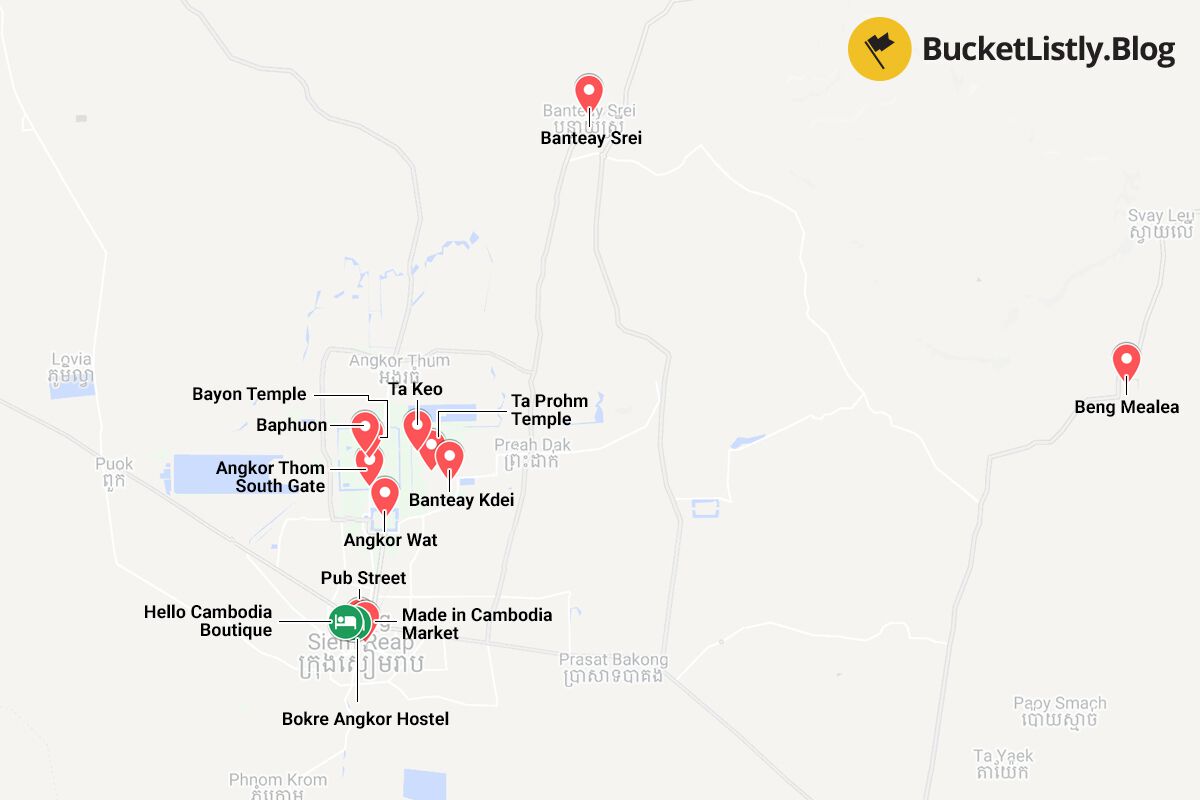
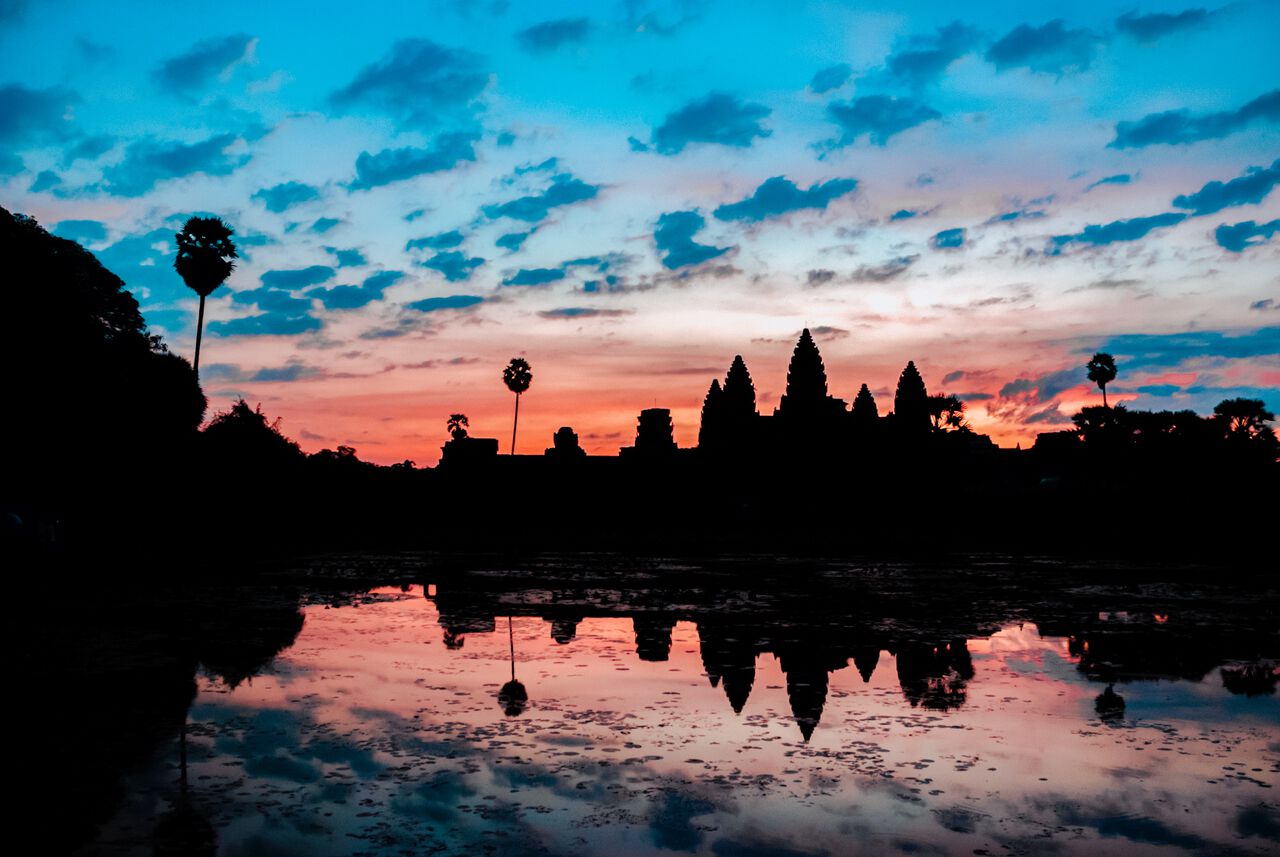


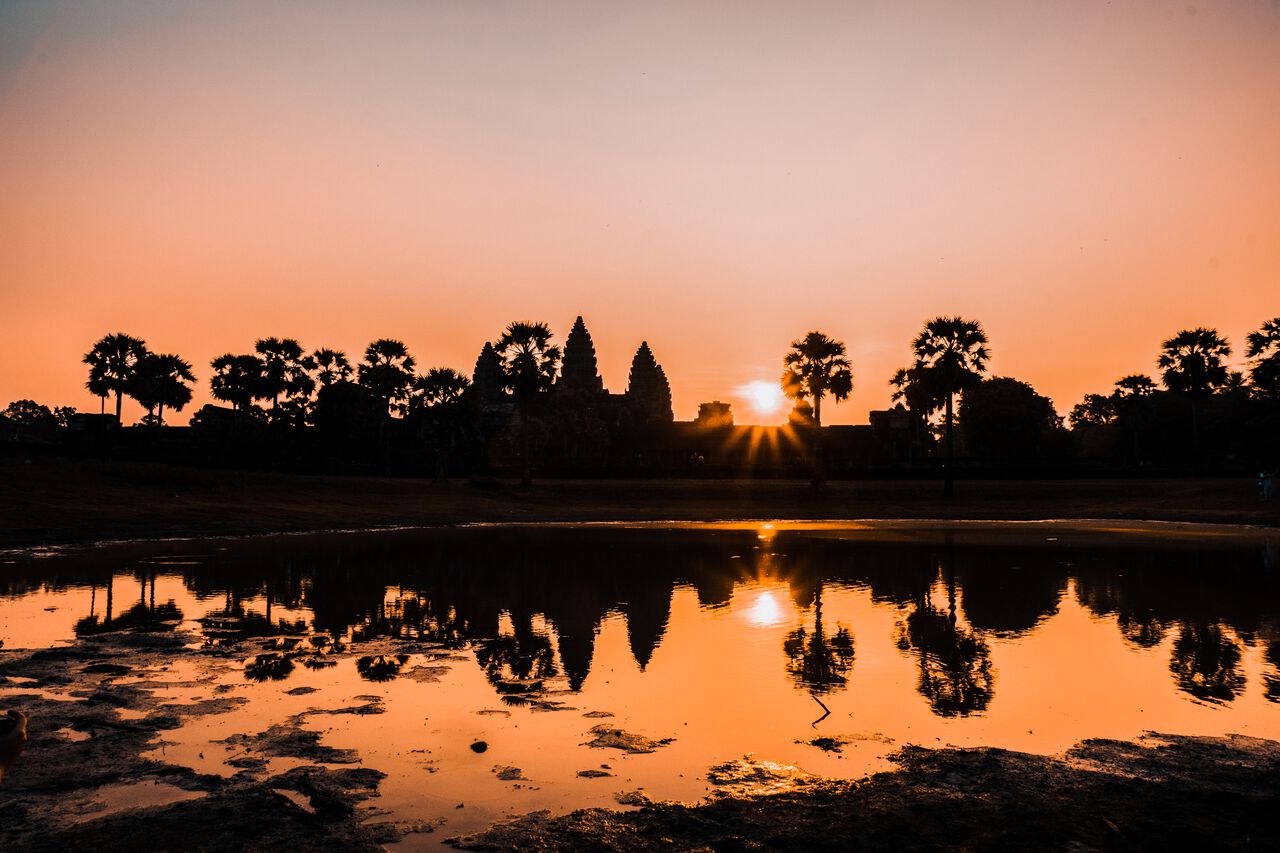
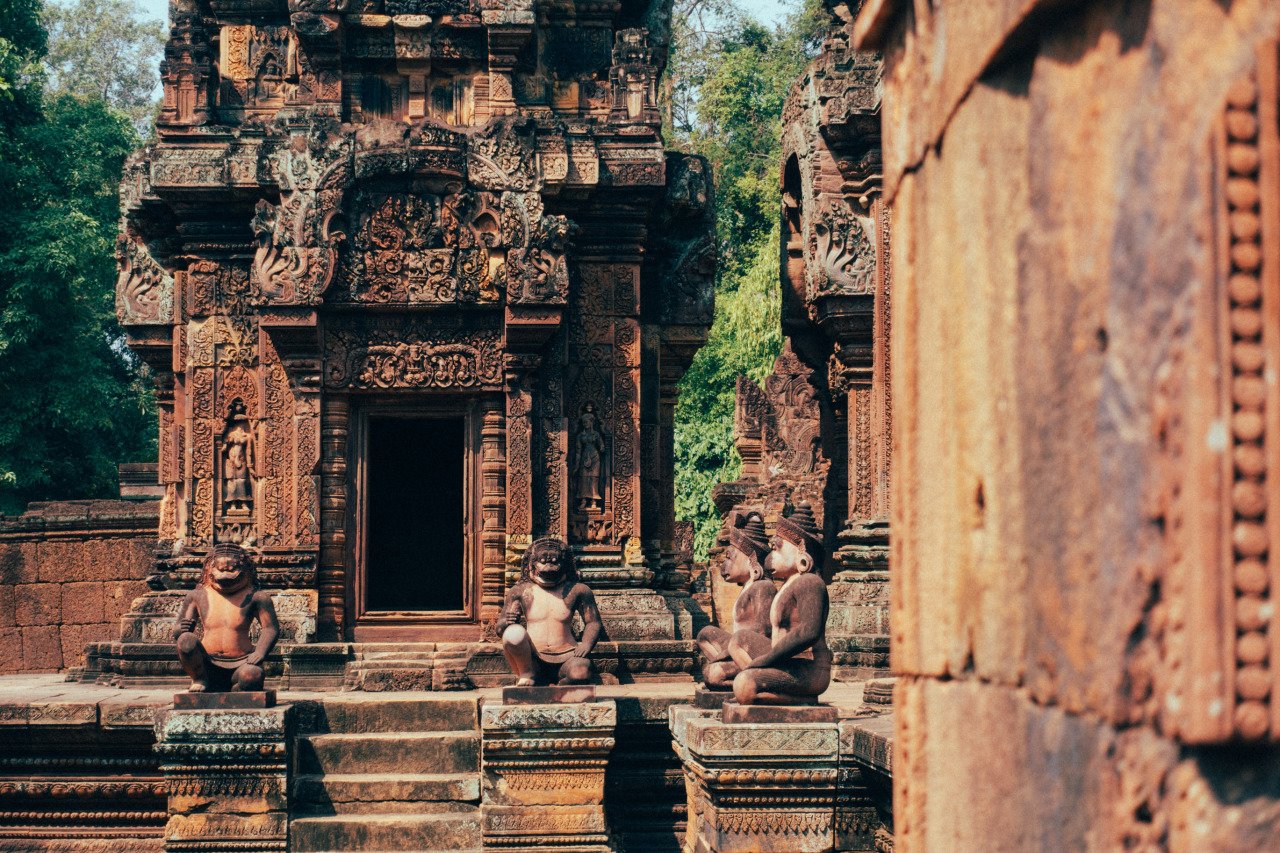
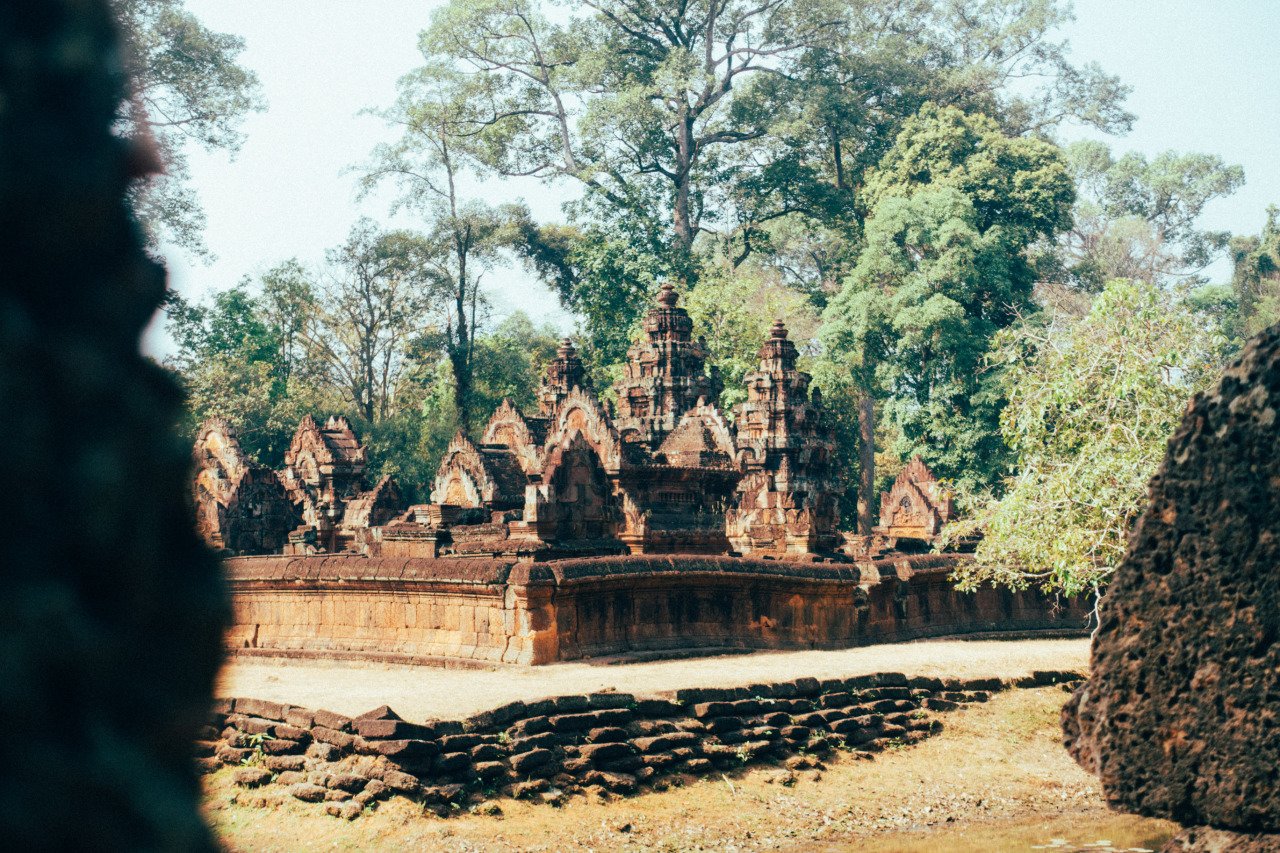
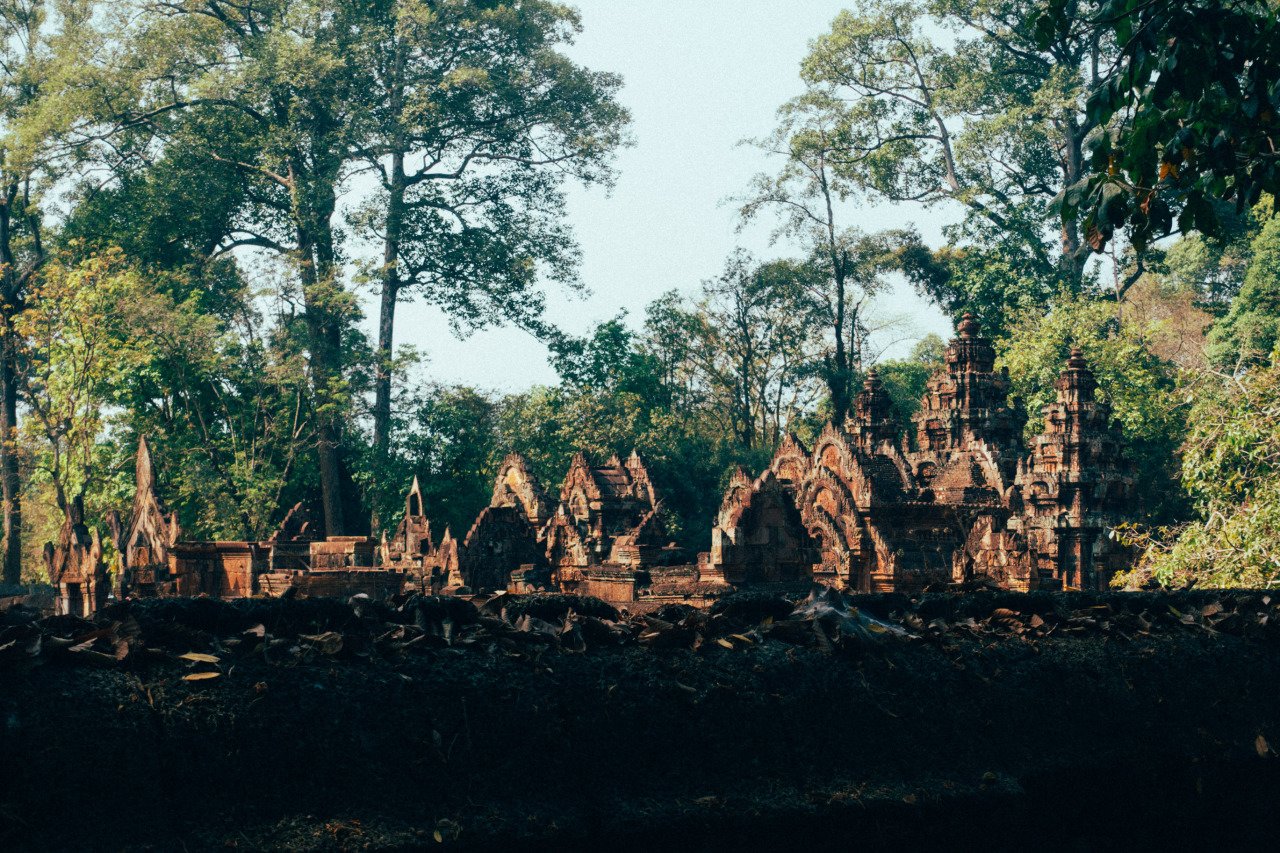
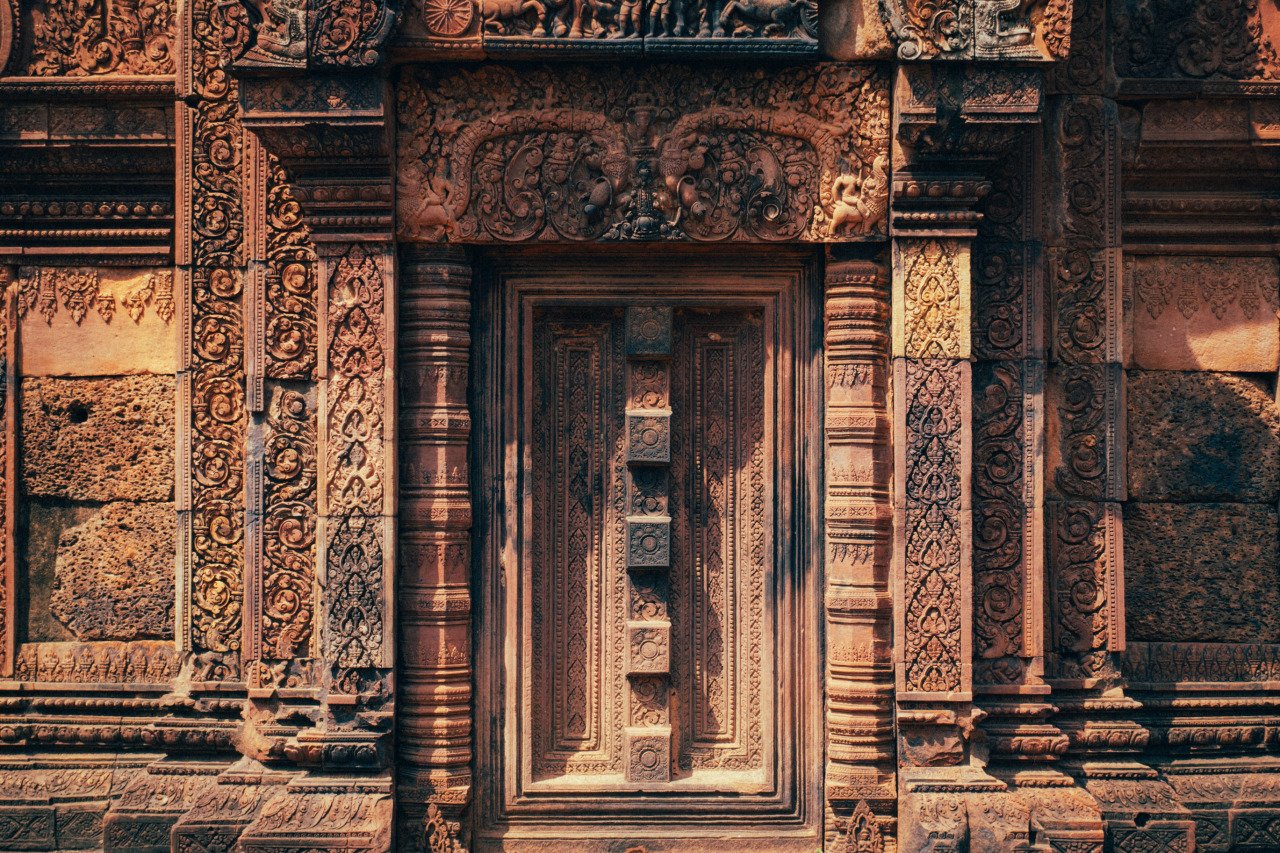

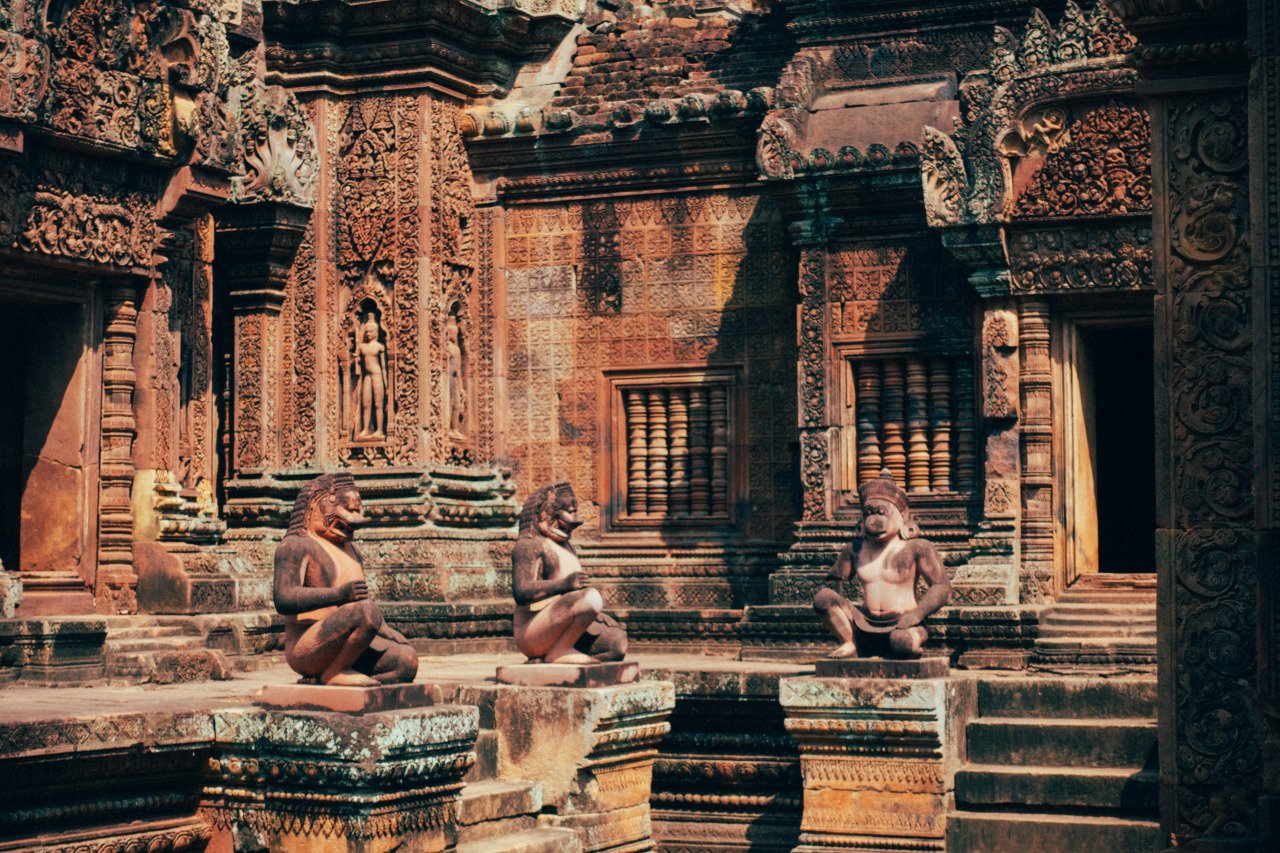
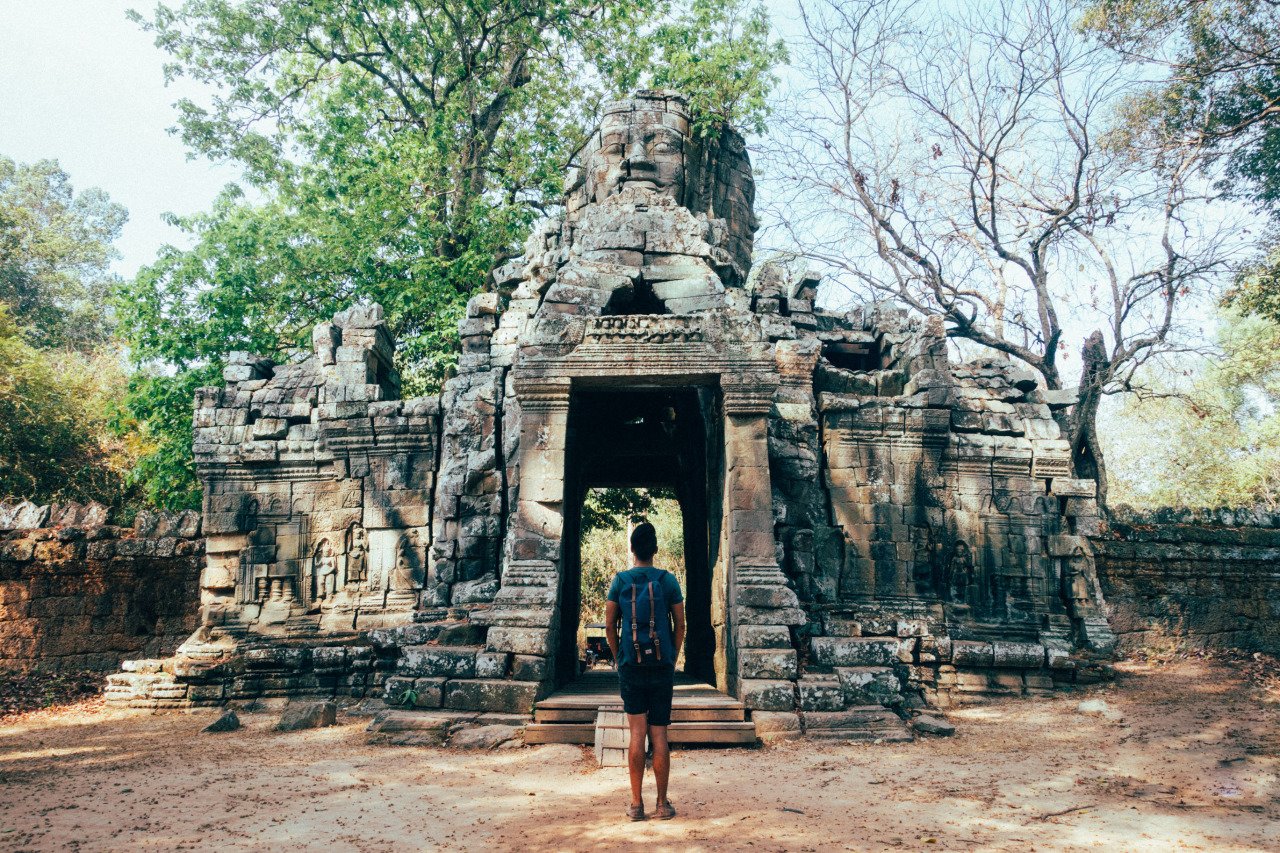

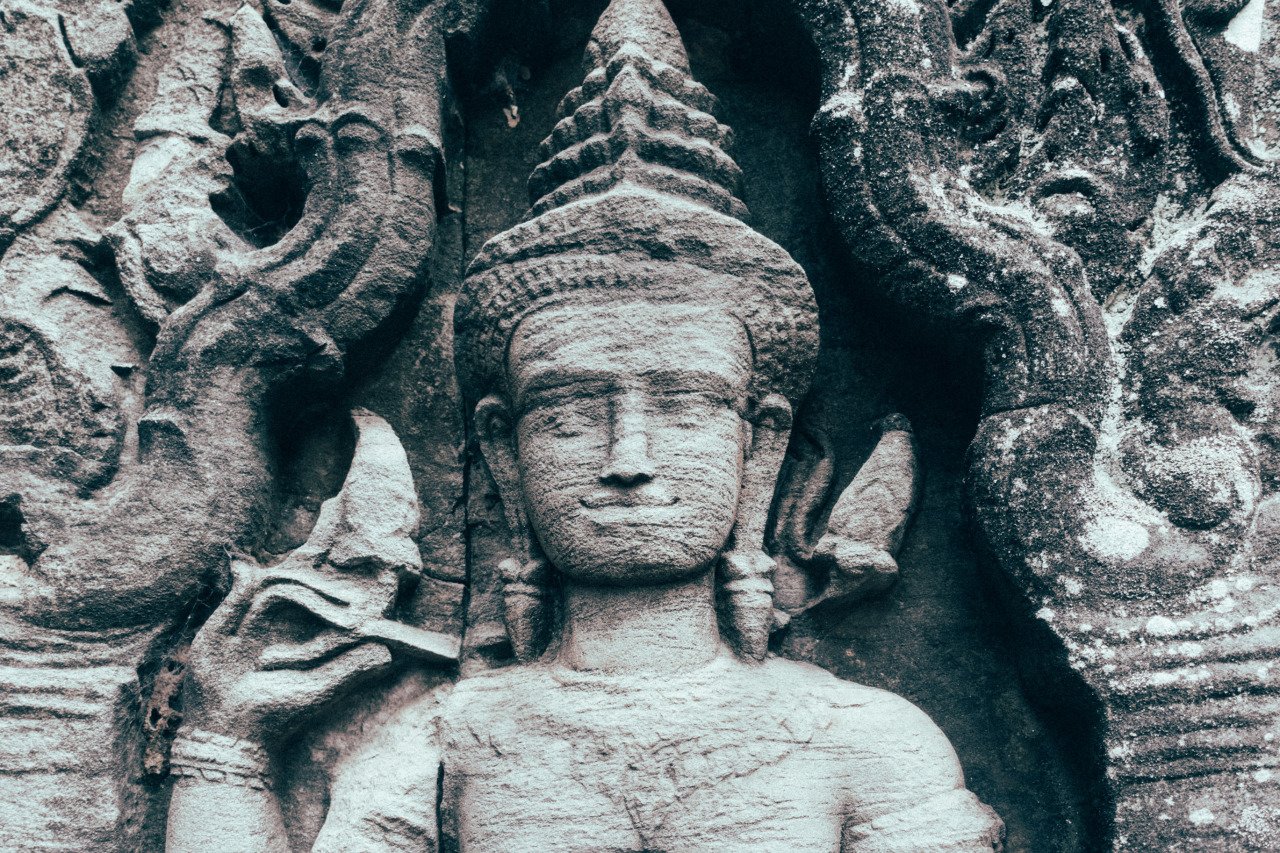
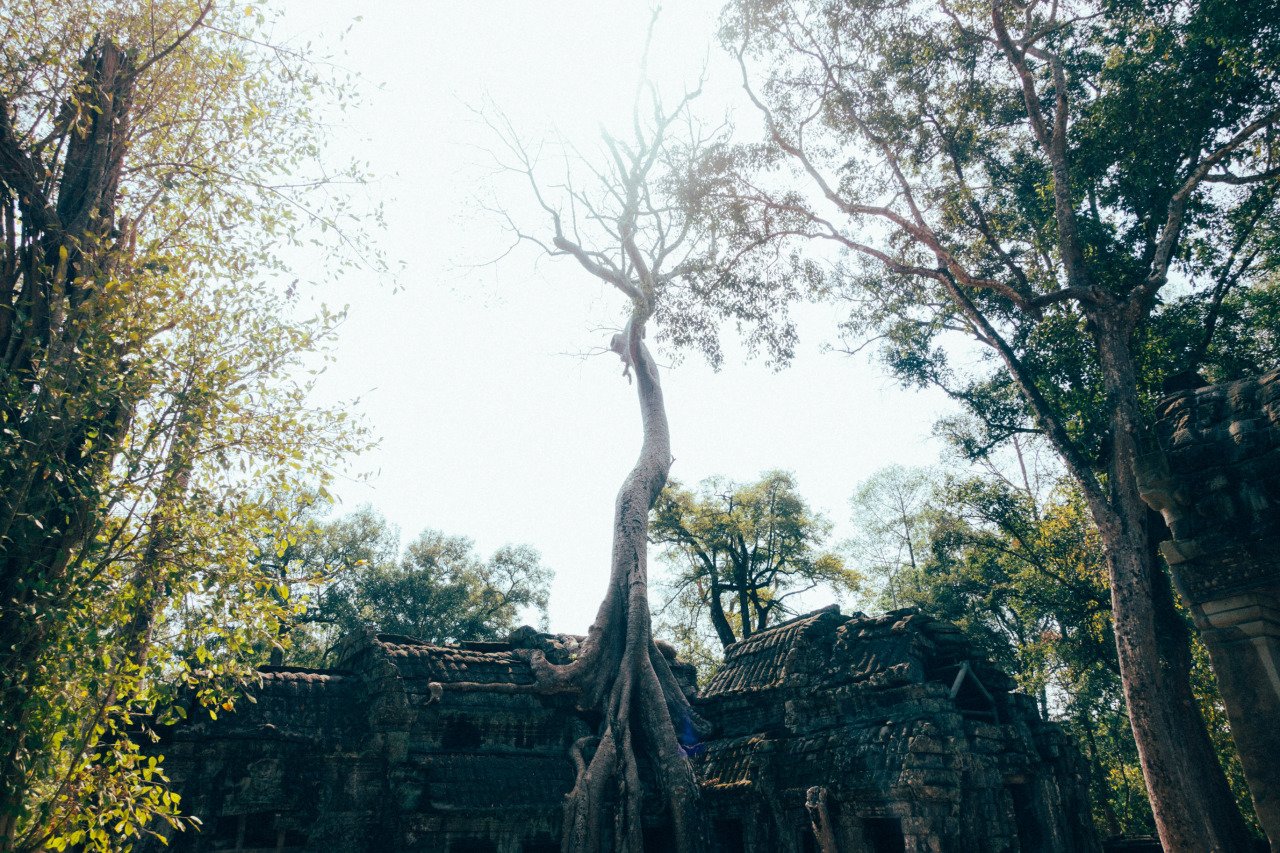
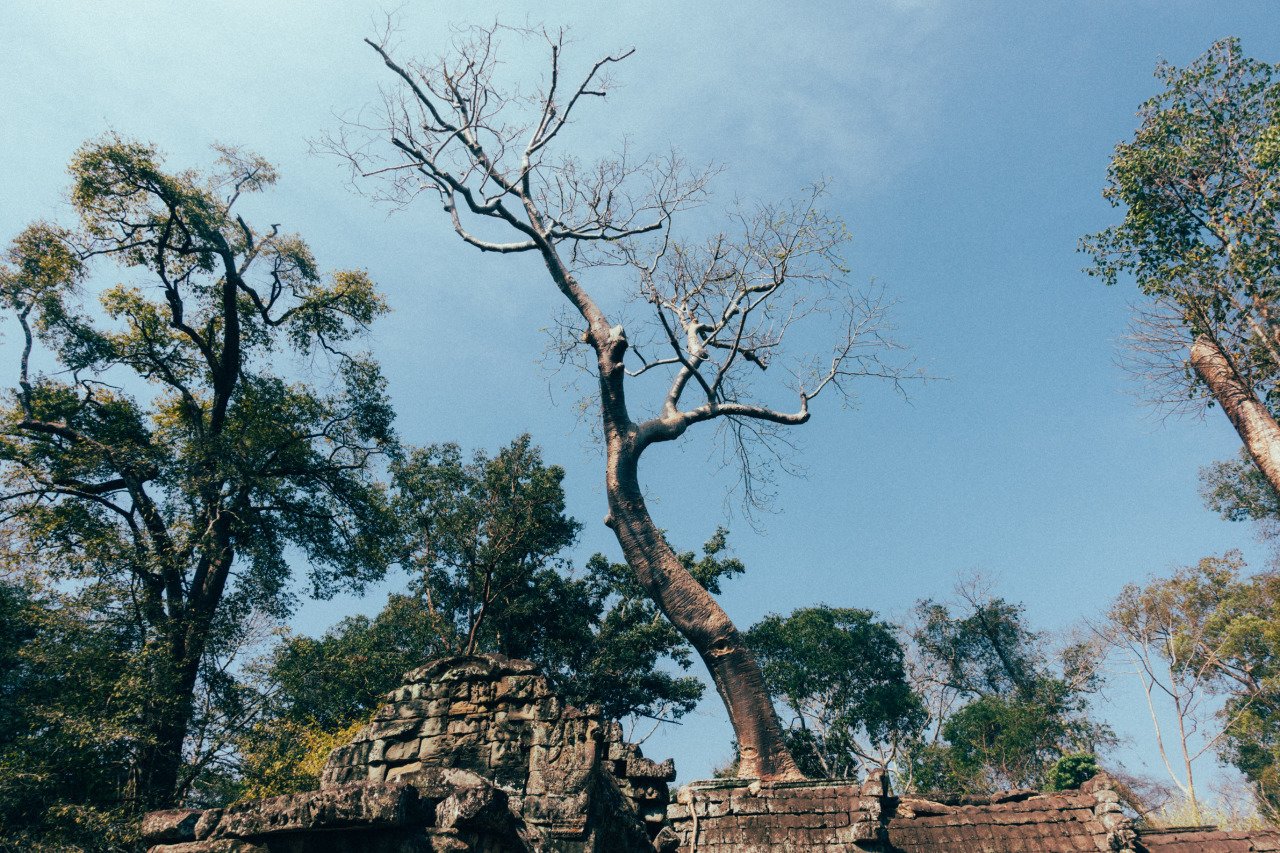
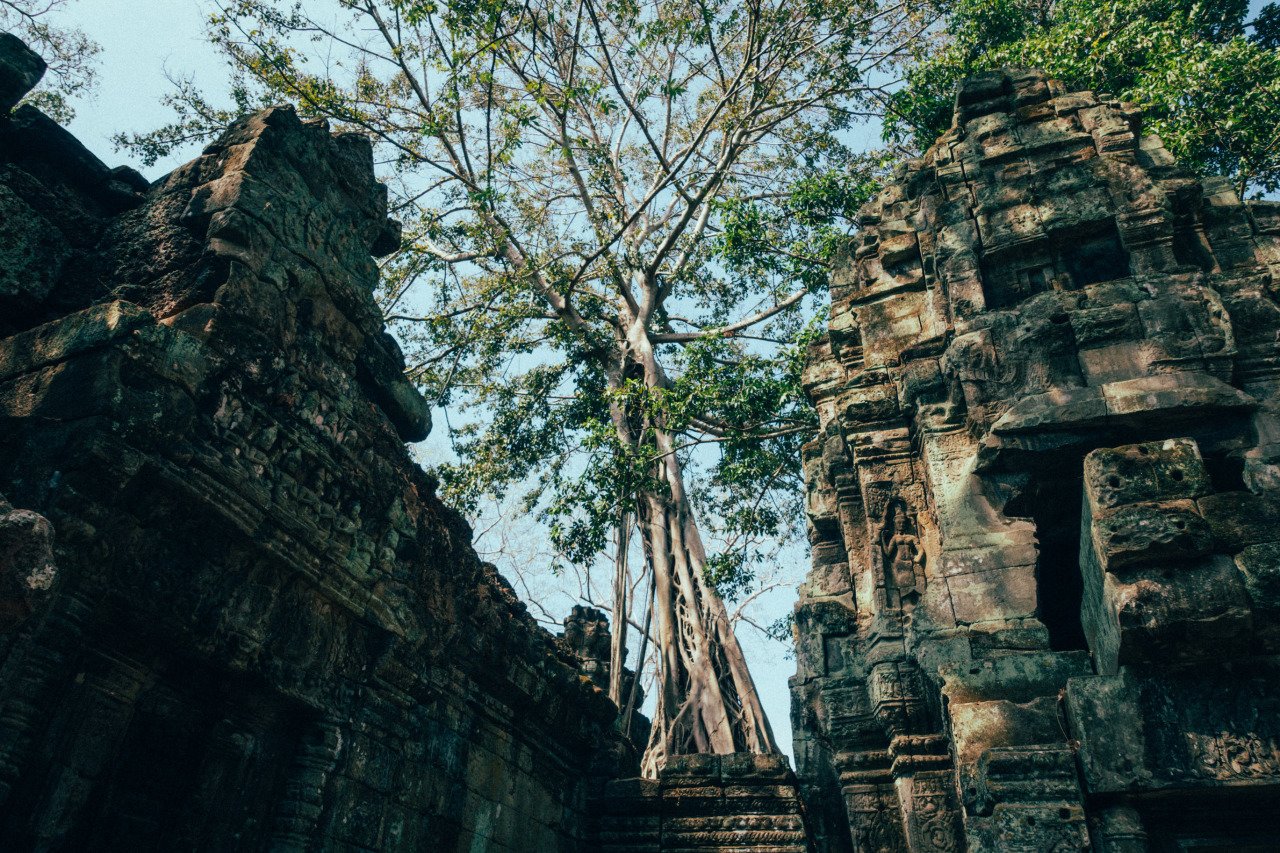
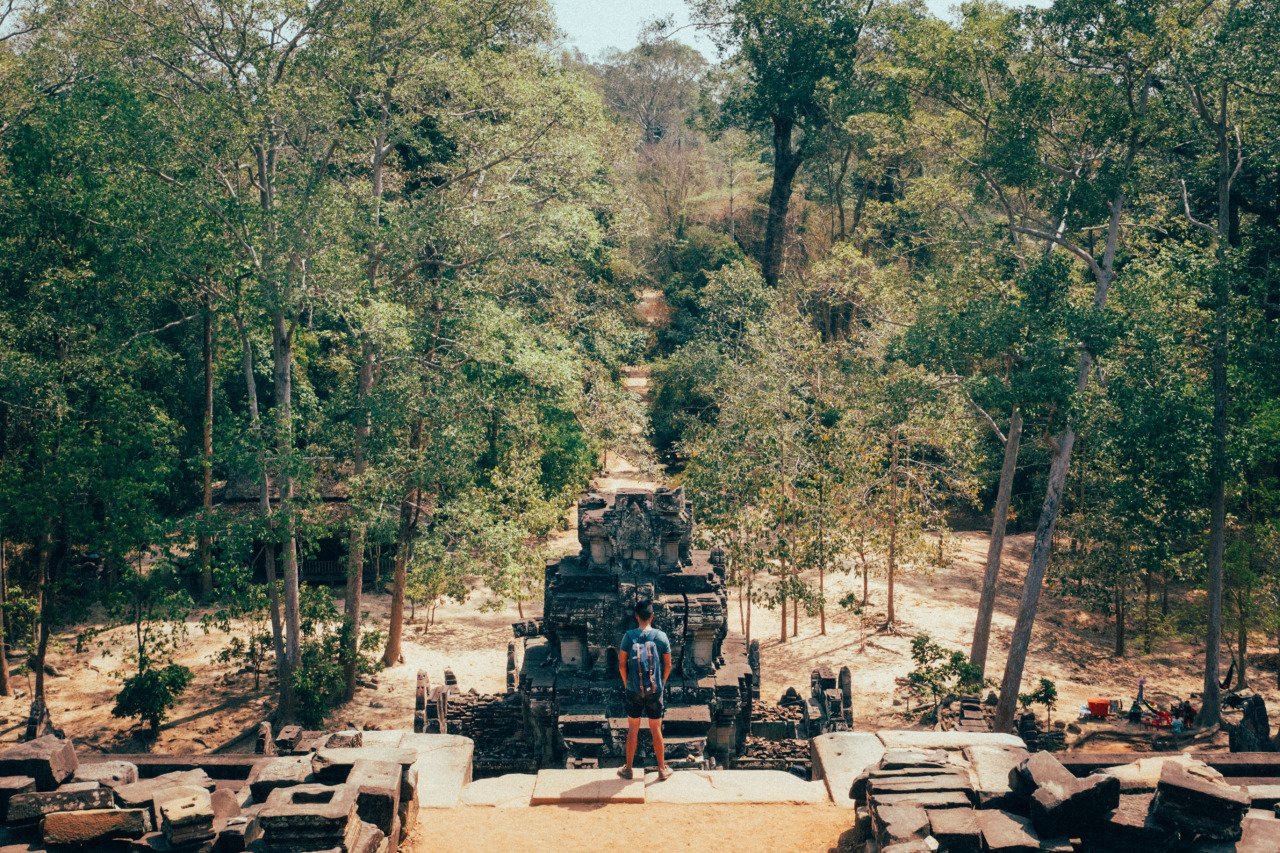
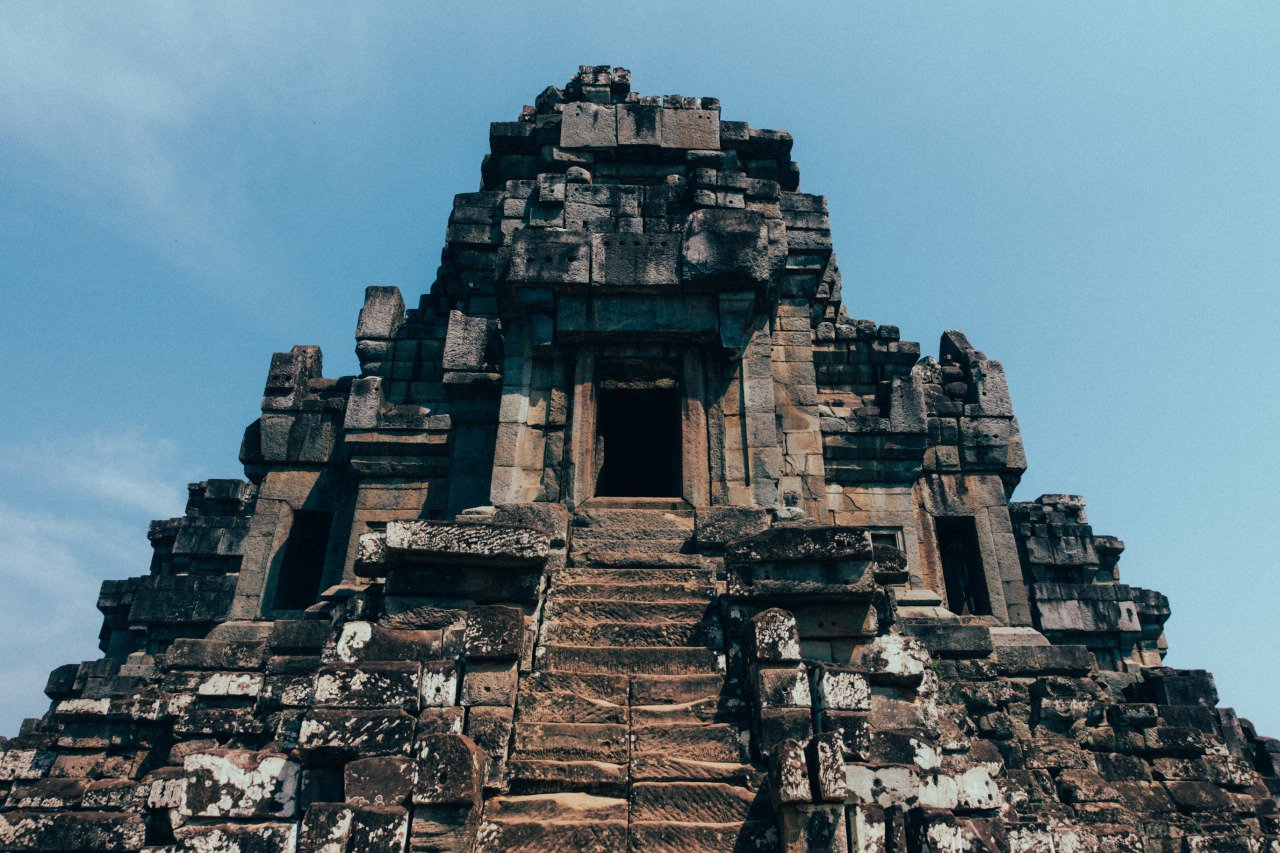


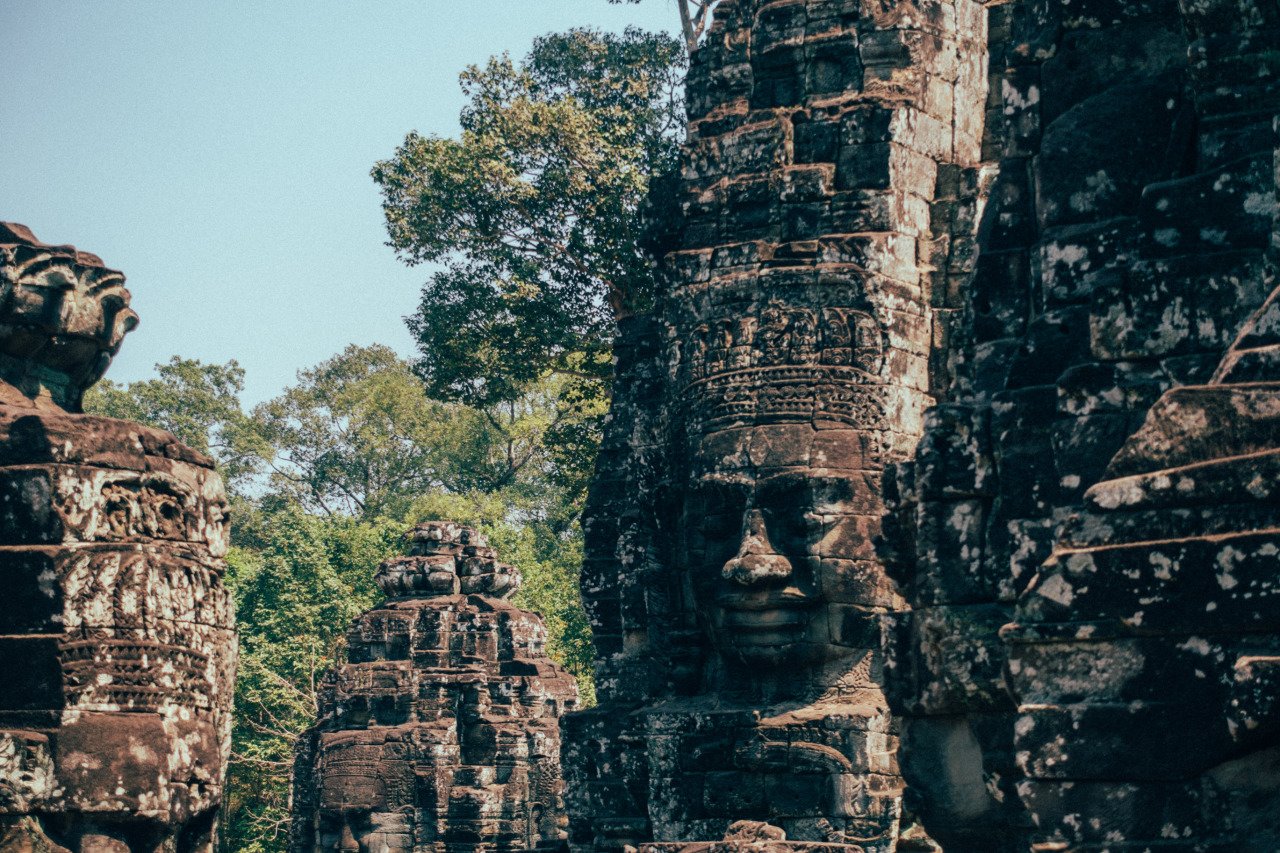
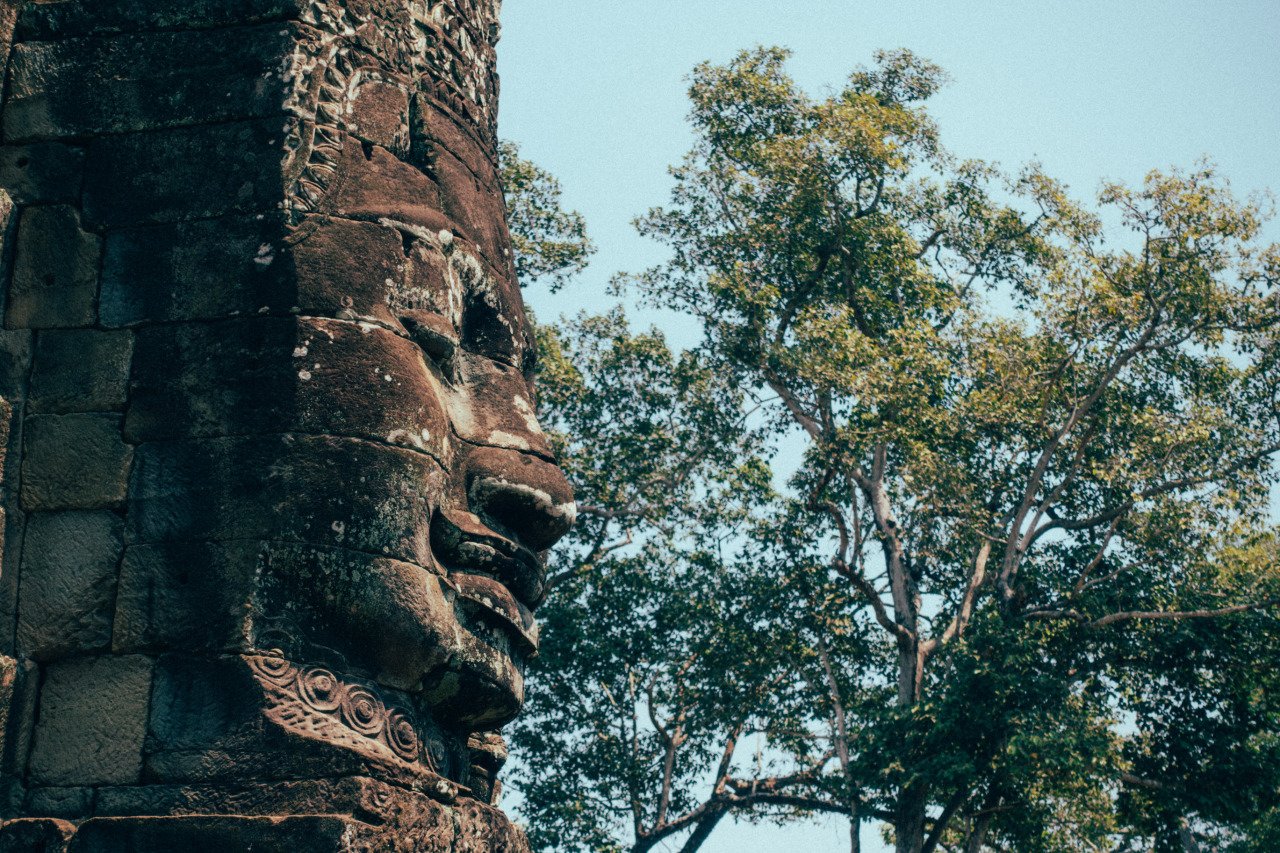
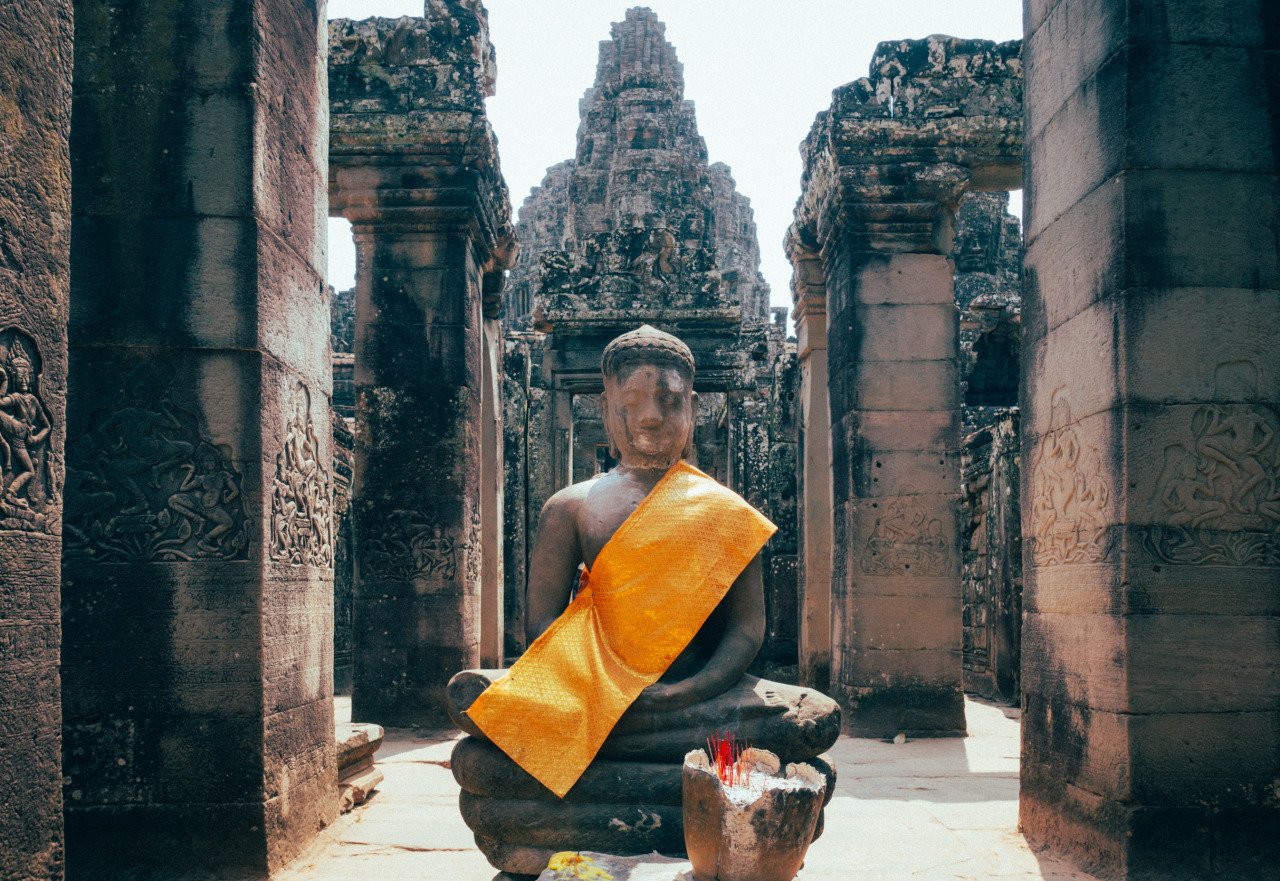



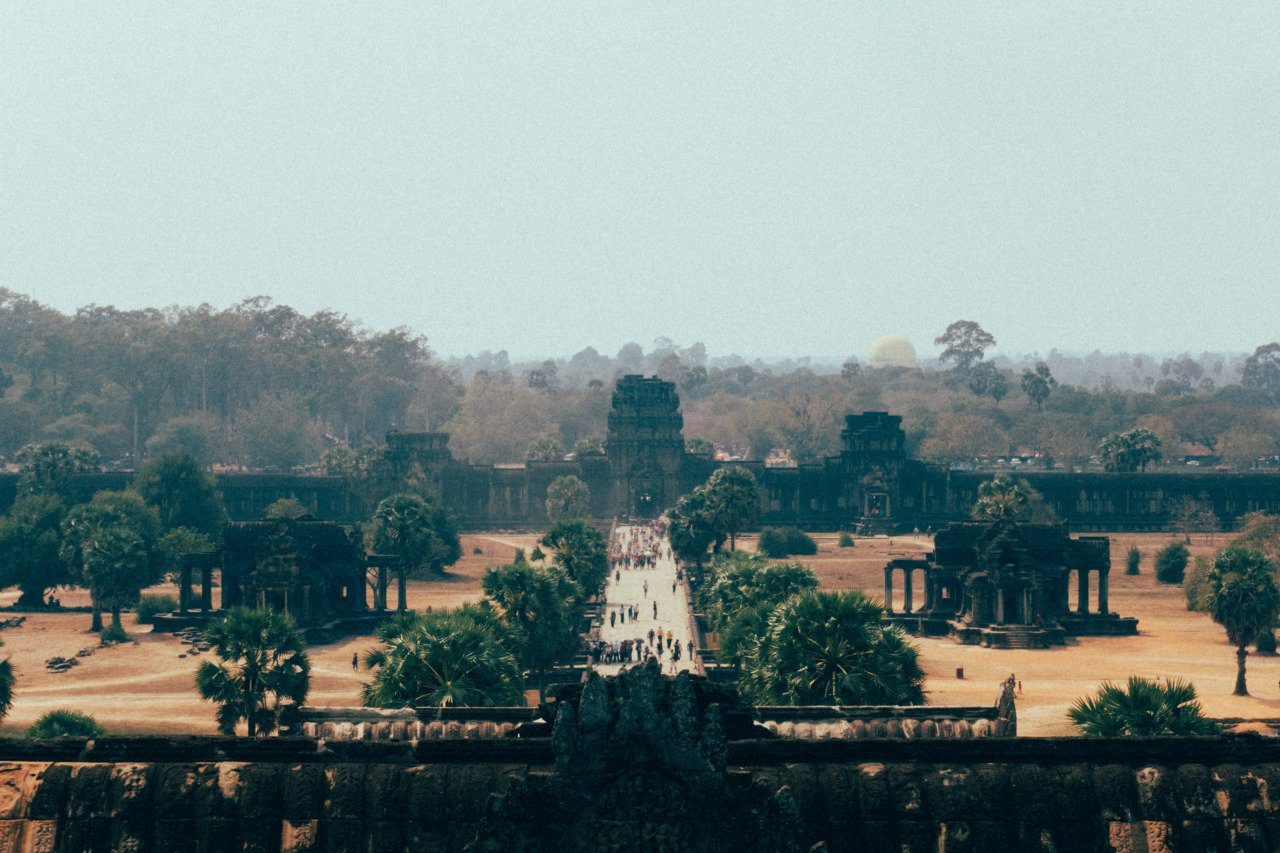


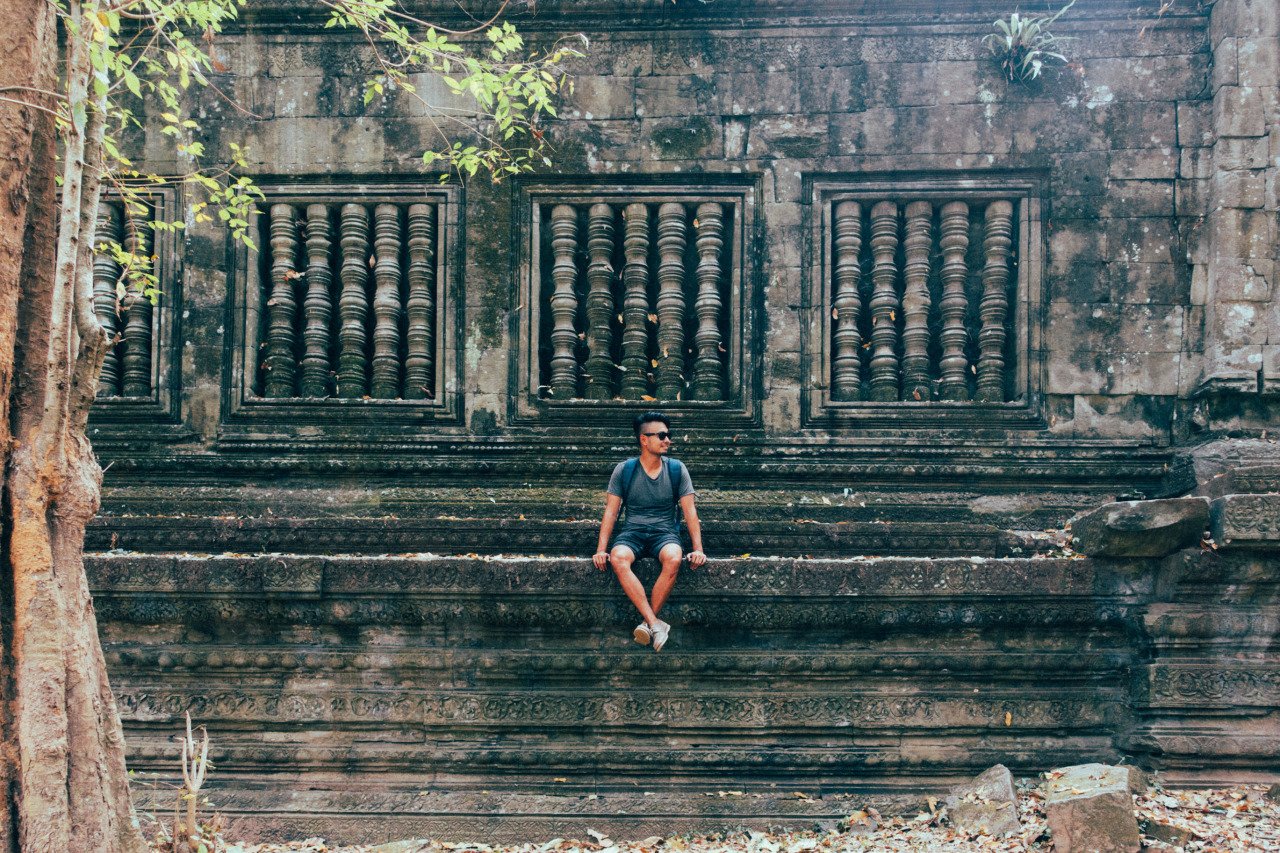
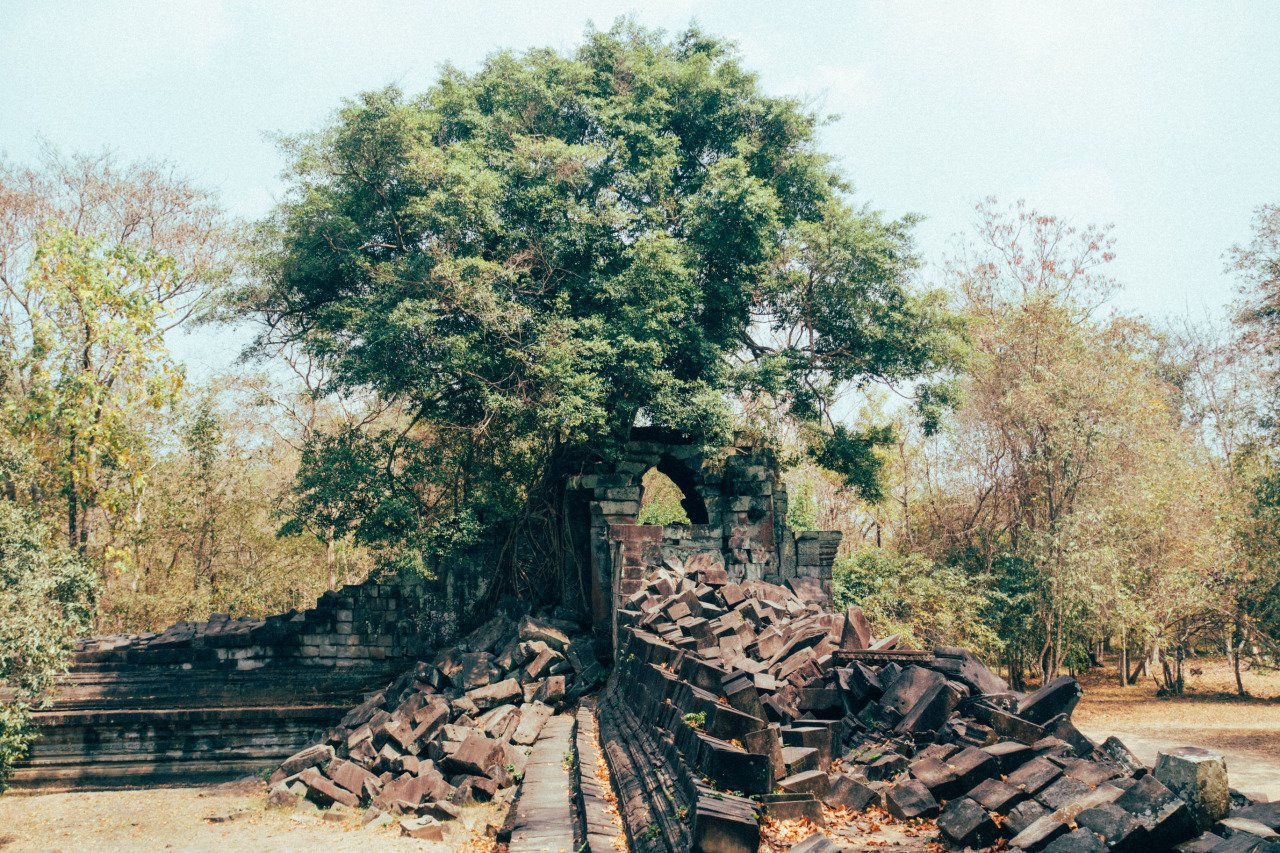



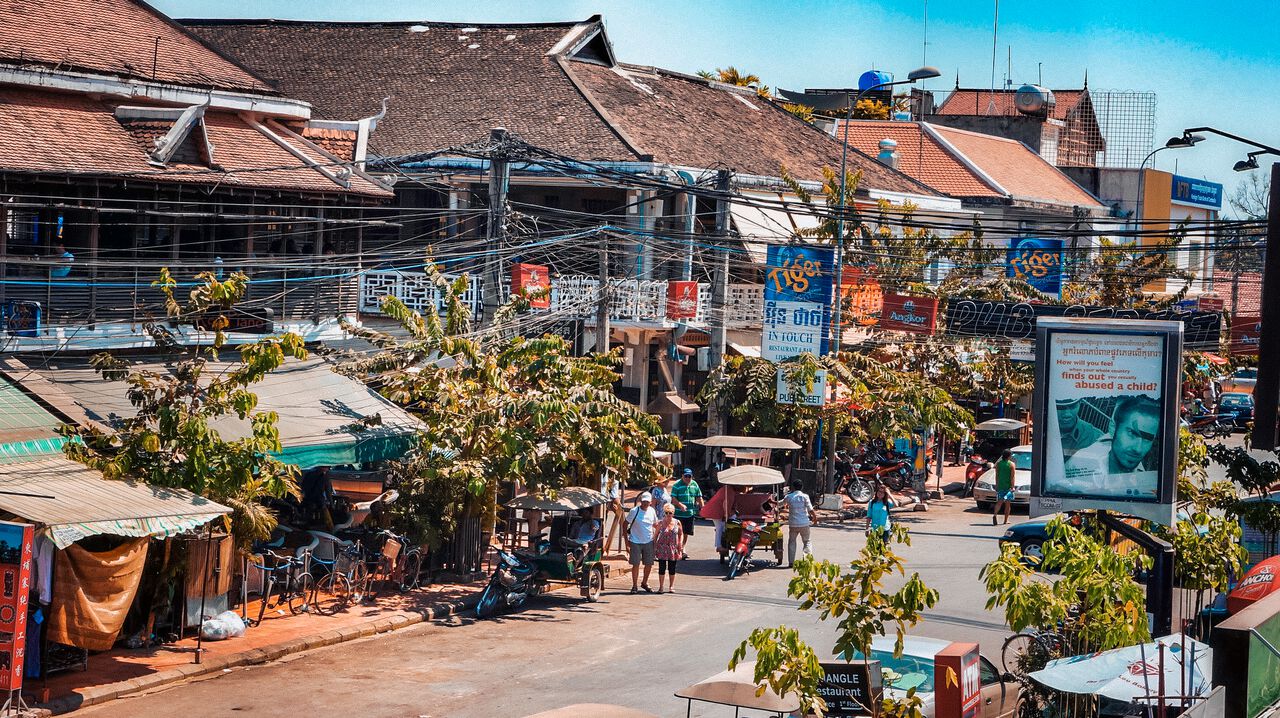

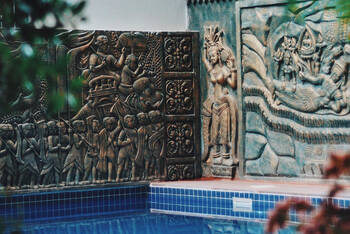


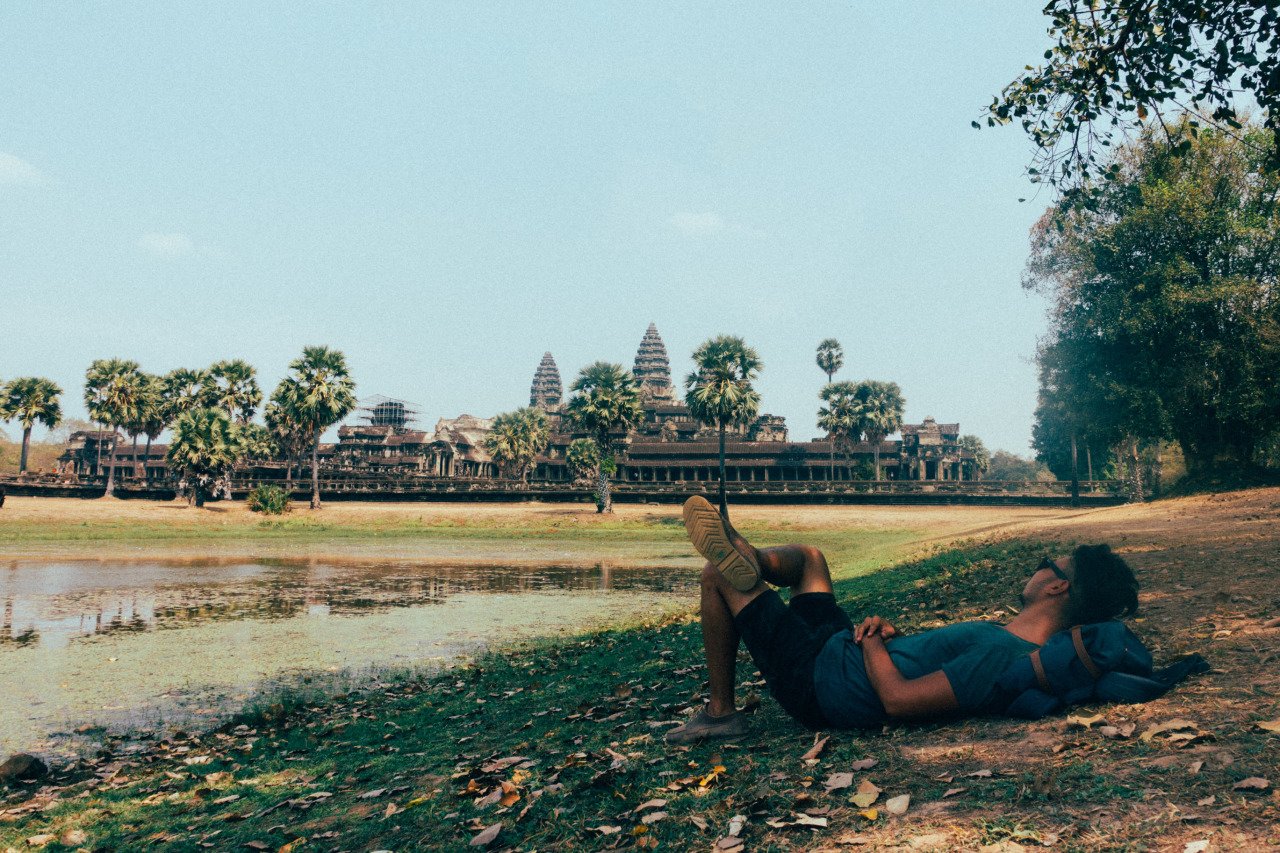
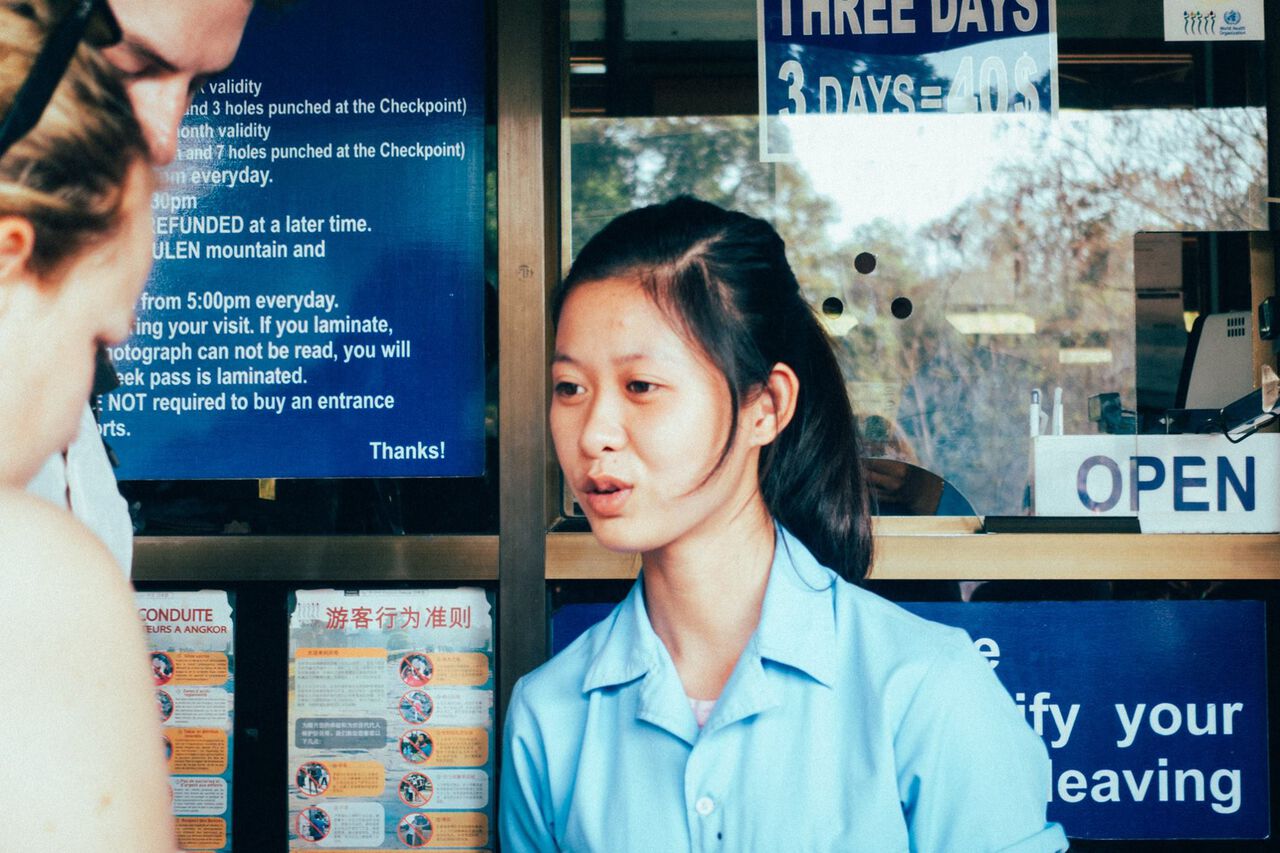
11 Comments
Love this itinerary! Just a question though, how did you travel between the different temples. Did you use a specific tour in particular or did you use a single Tuk Tuk driver to drive you around? Love your blog so keep up the good work :D
Hey Ilona,
Thank you! I just hire a tuk tuk driver through the hotel I was staying the day before for about 25 USD and he took me to all the temples around Angkor Wat. They will wait for you in the tuk tuk and you can go out and explore at your own leisure before going to the next temple. I find this to be the best way to explore Siem Reap. :)
Thank you so much for your reply, this helps a lot planning my trip to Cambodia sometime in future!
No problem at all! Any time! :)
Love your blog! Its very clear and well structured, the perfect guidance! Just a small thing, Beng Melea is now part of the Angkor Wat ticket system. You can no longer get 5$ tickets anymore as far as I know.
Thank you for reporting back Marleen! That's great news! I have updated the article now. :) Much appreciated.
Your photography has awesome ! thank you.
With a 1 day pass you can't see beng melea on the 2nd day, as you already used it the previous day.
Tiktuk was $15usd through hotel for the day ti Angkor wat and surrounds.
To get to Beng melea it is very far away, tuktuk wants alot of money and you can't buy tickets there anymore, need Angkor pass which means going same day as Angkor wat or buying 3 day pass.
Hey Scott, thank you for the update! I have updated the article to reflect the change. The 3-day pass is definitely the way to go now for those who are looking to visit Beng Mealea. Appreciated!
come during rainy season you will see more beautiful